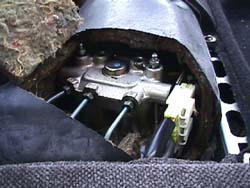This installation of Goodridge SS lines P.N. 22073 2/89-96 300ZX was done on my '95 TT
Timing:
Any time the wheels are off.
Special Tools:
1. 4+" C-clamp
2. 10mm Flare nut wrench
3. Long brake bleeding hose
Installation:
1. Break loose all lug nuts for wheels involved. Get the car in the air, enough to get the wheels off the ground. Make sure all jack stands are properly placed, & all safety measures are taken. Remove lug nuts & wheels for access to calipers (1.).
2. Remove the lid from the brake master cylinder. Put an oil pan under the caliper. Unbolt the lower hose fitting with the flare nut wrench (2.), remove the retaining clip with needle nose pliers & pull the rubber line away.
3. Use the C-clamp to SLOWLY squeeze the fluid out of the caliper by clamping onto the brake pad, along with the draining fluid from the lines. Pump the brakes to help move the fluid out of the lines. After the fluid has 'drained' unbolt the upper hose fitting (3.). Use needle nose pliers to remove the retaining clips holding the lines in place. Then remove the line (4.).
4. The front lines have two extra clips on them, but the hose can move freely. Roughly compare the spacing of the clips on the new line to the spacing on the rubber lines & install the same way. Install the SS hose & replace the retaining clips. Turn the steering wheel full lock side to side to ensure the line doesn't bind anywhere on the suspension (5.). Also keep in mind it has to work up & down with the action of the suspension too. Torque fittings to 12ft-lbs.
5. The rear lines are a straight replacement of the rubber lines. Simply remove & replace like the front lines (6. & 7.). Torque fittings to 12ft-lbs.
6. Bleeding the brakes is generally a two person job, I still don't believe in the '1 man' kits. Fill the brake master cylinder with brake fluid of choice DOT3 or higher. Don't use DOT5. I personally recommend Motoul 600. It takes about 3 bottles of Motoul to completely flush & bleed the brake system. Disconnect the negative battery terminal.
7. One person pumps the brake pedal, then holds. The other opens & closes the nipple using a 10mm wrench with the bleeding hose attached to the nipple (8.). Repeat this 3-4 times each corner until the fluid runs clean & has NO bubbles in it. Then go to the next caliper in order. Left rear, right front, left front, right rear, ABS actuator front, ABS actuator rear. Repeat this order until all four corners are clean & air free. Even the tiniest bubble will harm performance, as it will expand when heated. The ABS actuator is under the plastic hump behind the passenger seat. The ABS actuator on 94+ (9.) doesn't have bleed nipples, so I'm not sure how that works out. I bled the brakes on my '95 for a while until the 'gurgling' noise went away from the ABS actuator while bleeding it. '90-'93 have the nipples (10.).
8. Torque lug nuts to 78ft-lbs using a criss-cross (skip 1) pattern. Do this with a proper torque wrench. Improper torque values are probably the leading cause of rotor warpage. NEVER let the tire shops, etc. put the wheels back on with an air wrench. Make them do it by hand. I personally won't even let them remove the lugs with the air wrench, everything is done by hand.
DamonZ
Go to Brake
Pad Install page
Back to Tech page
© Twin Turbo Zs of
Dallas - All Rights Reserved 1998
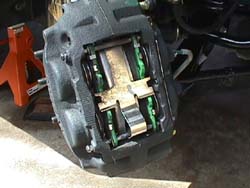
2.
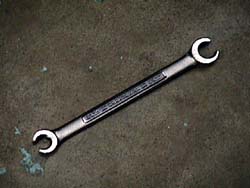
3.
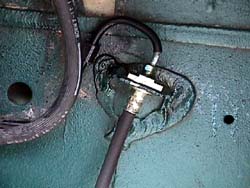
4.
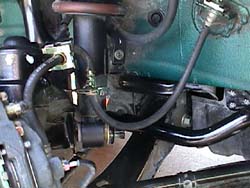
5.
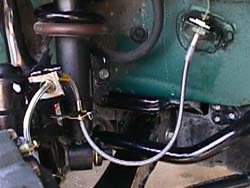
6.
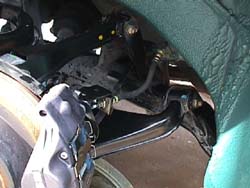
7.
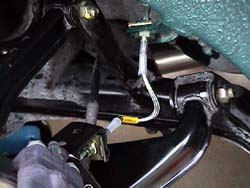
8.
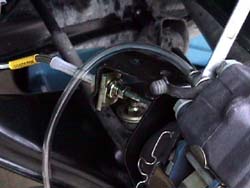
9.
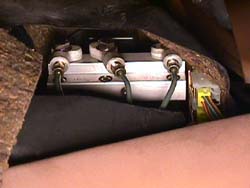
10.
